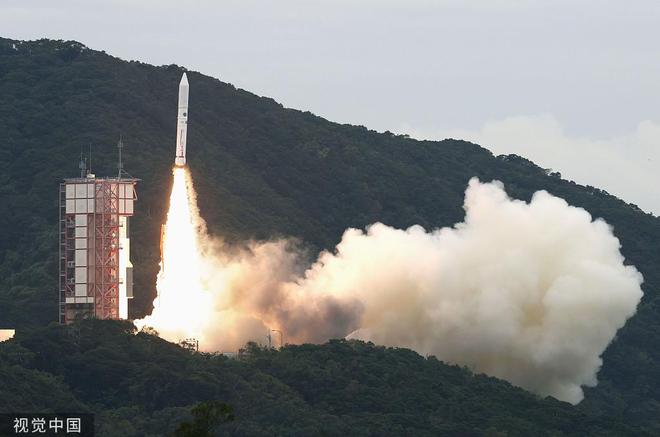Why did the Japanese rocket self-destruct after its failed launch? Interpretation by aerospace technology experts
172
[Global Times Comprehensive Report] According to Japanese media reports, after the failed launch of the small Japanese rocket “Epsilon 6” on the 12th, it received a self-destruction instruction. Aerospace technology expert Huang Zhicheng told the “Global Times” reporter that Japan’s land area is relatively small, and if it does not self-destruct, the rocket may pose a threat to ground facilities and personnel.
According to the Japan Broadcasting Association (NHK), the small Japanese rocket “Epsilon 6” was launched on the morning of the 12th at the Uchinoura Space Observatory in Gansuke Town, Kagoshima Prefecture. The rocket malfunctioned during ascent and the launch failed, and the detailed cause of the malfunction is under investigation.
The “Epsilon” series of rockets are solid-fuel rockets with a total length of 26 meters and a weight of about 96 tons. They were launched for the first time in 2013. This was the first time that this series of rockets failed to launch. “Epsilon 6” carried 8 satellites, including 2 commercial satellites. (Guo Yuandan)
